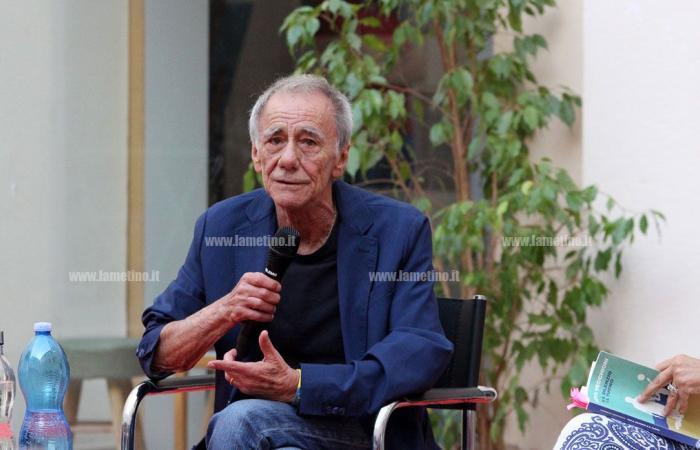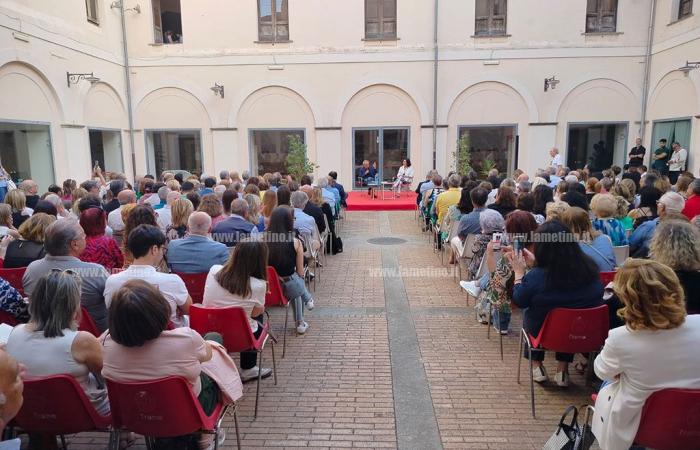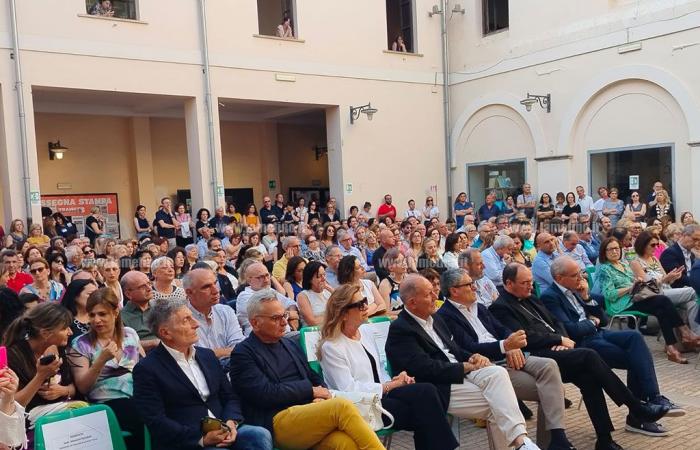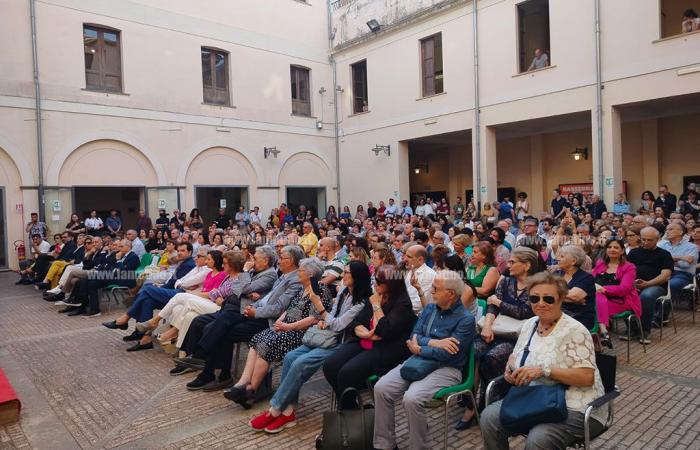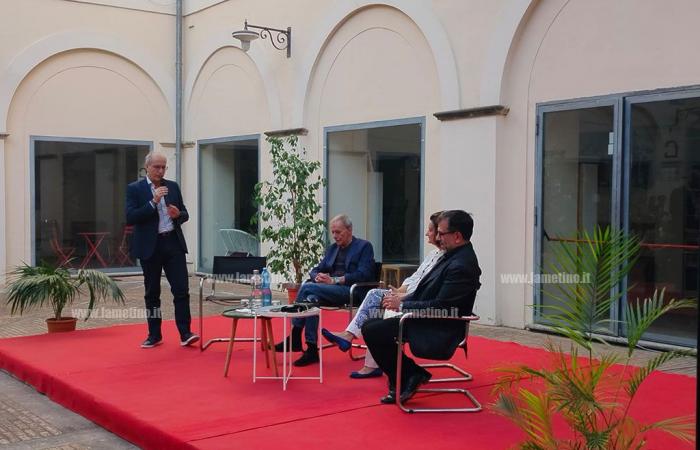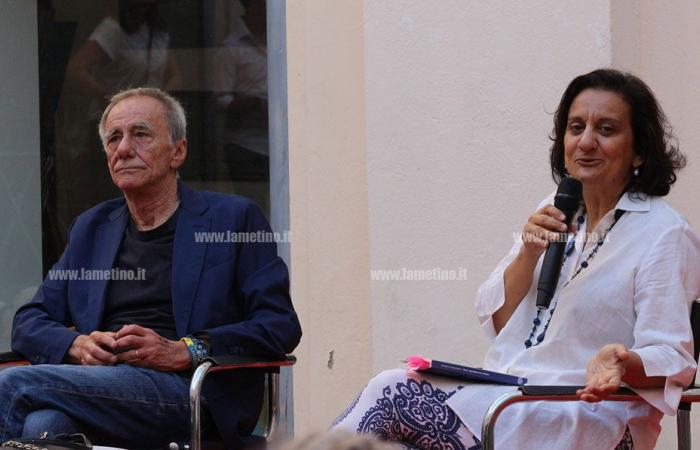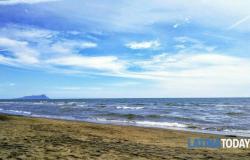Lamezia Terme – The Cloister of San Domenico was packed for the presentation of Roberto Vecchioni’s book “Between silence and thunder”, an autobiographical epistolary novel which represents a summation and assessment of the life experience of the professor and singer-songwriter of “Sogna,boy , dream.” The meeting, deliberately organized at the Lametino Archaeological Museum, and introduced by greetings from the director Simona Bruni and the regional director of Musei Calabria Filippo Demma, is part of the policies of openness to the territory and contemporary culture of museum structures, in place not only in regional but national and global level. “Museums are changing”, explains Demma, “in Calabria as in the rest of the world: they must operate and bear fruit in the present, becoming everyone’s heritage, through social projects and cultural activities”. Dr. Bruni agrees, placing emphasis on the “recognizability of these places by the community, which is made a participant in its own heritage”. The event took place in collaboration with Omniarch, a cultural society directed by the archaeologist and university professor Stefania Mancuso, who conducted a dialogue with the guest focused, by Vecchioni’s express wish, not only on the novel presented, but as in its style, on the broader themes of the beauty and cultural roots of the territory, for him “the oldest in the world”.
Video
Filming by Antonia Butera
Vecchioni, defined as a “poet” by Mayor Mascaro in his greetings, is on his third visit to Lamezia since the beginning of the current administration, and declares that he is “very attached to the city” and to Calabria in general, “endowed with a strength that it makes us capable of always getting up again, as a starting point for all humanity”. A theme also present in the book, that of the ability to face the difficulties and pains that life presents. Because, explains the author, “who said that we must always enjoy ourselves? Pain sometimes helps us understand how magnificent existence is, and it is possible to go through it without ever giving it up, and live life as it is.” A life, that of the poet Vecchioni, lived precisely “Between silence and thunder”, that is, between moments of peace and stability and tiring struggles for survival: just like that of the protagonist of the book, who tells it since he was a child in a series of letters addressed to a mysterious “crazy intellectual” grandfather – who never responds to him, but talks about something completely different in his writings. Until slowly the child grows up, and the two characters overlap until they identify, revealing that they are the same person. “I wrote my autobiography in those letters, talking to myself,” the professor further underlines, “and I wrote it with all the errors, difficulties, hypocrisies, using metaphors to describe the pain, and printing the joys as light on the page. I wanted to write to my soul: it’s just me writing to myself.”
The dialogue continues on multiple themes: from the concept of catharsis in Greek theater to the astonishing description of the differences between the Tragic poets – “Aeschylus like Dante, Sophocles like Shakespeare, Euripides like Pirandello”. Then the suspension of disbelief, in diegetic and mimetic terms, from prose to the scene, finally an inevitable reference to the evolution of the language in the contemporary era, to its possible impoverishment due to technology, to the difficulties faced by the new generations, penalized by Covid, “rebellious and sometimes angry in their irony, thus responding to a world that has given them nothing, but has rather destroyed itself”. In the middle, the reading of a passage taken from the book, almost “a paraphrase of the gospel”, dedicated for the occasion to Bishop Serafino Parisi, present at the Cloister together with the mayor and other authorities.
Giulia De Sensi
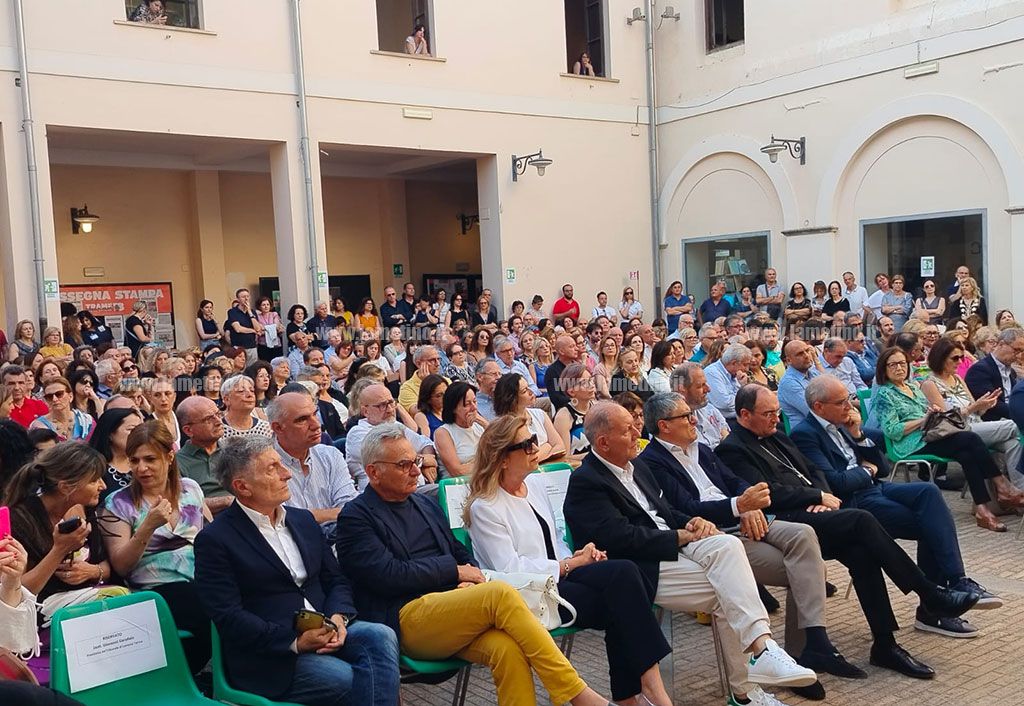
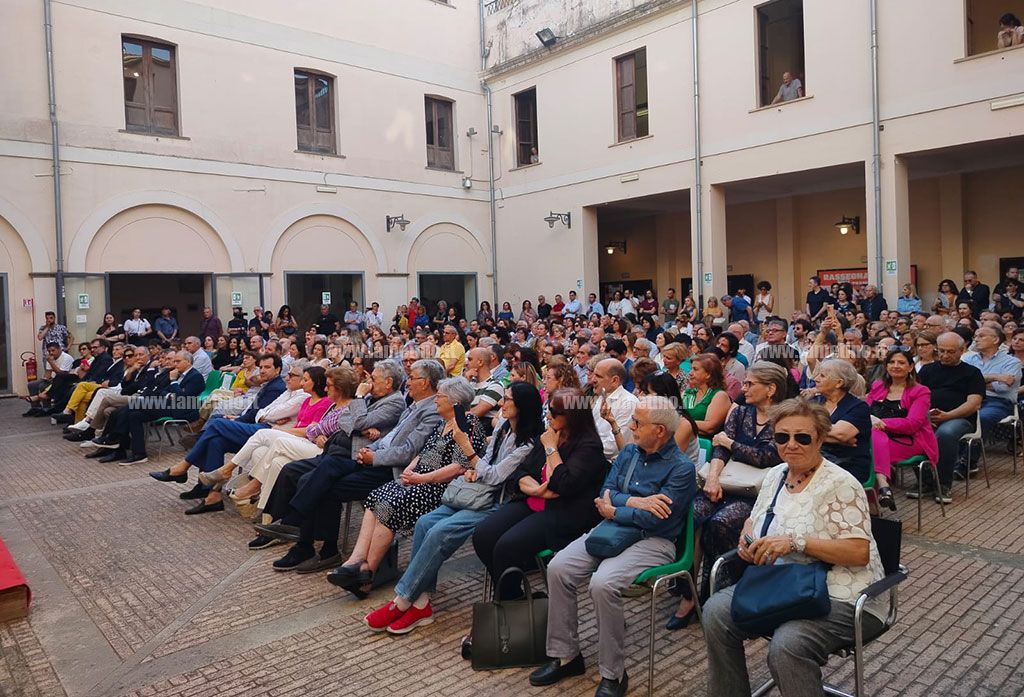
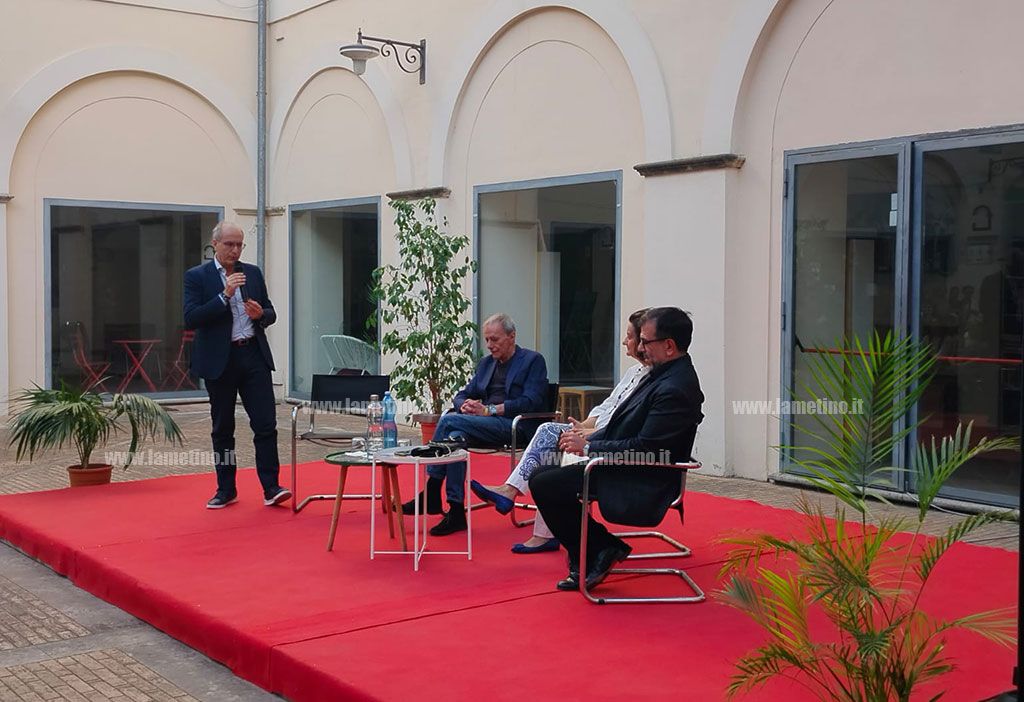
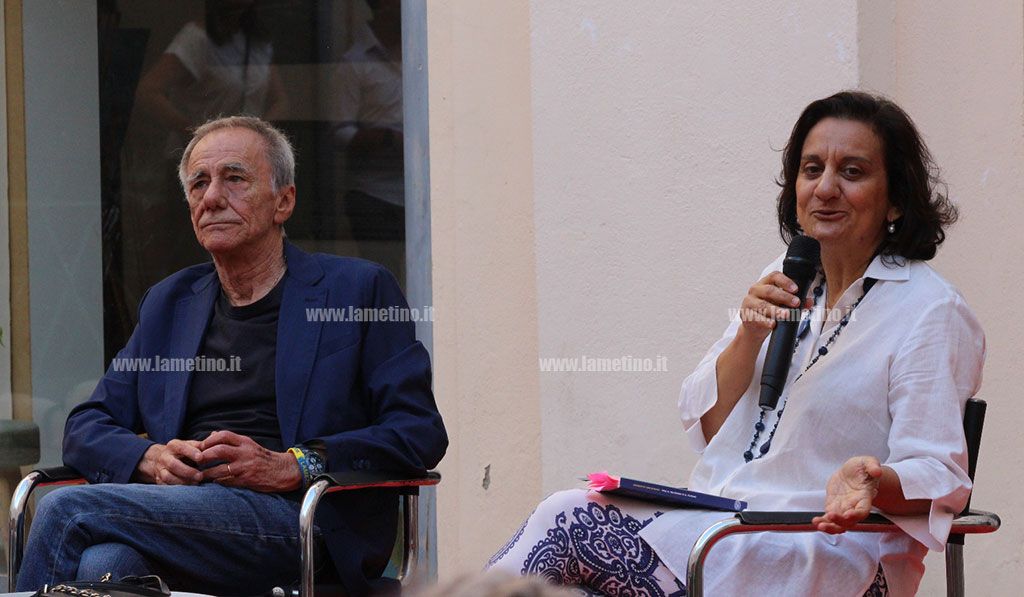
© ALL RIGHTS RESERVED

